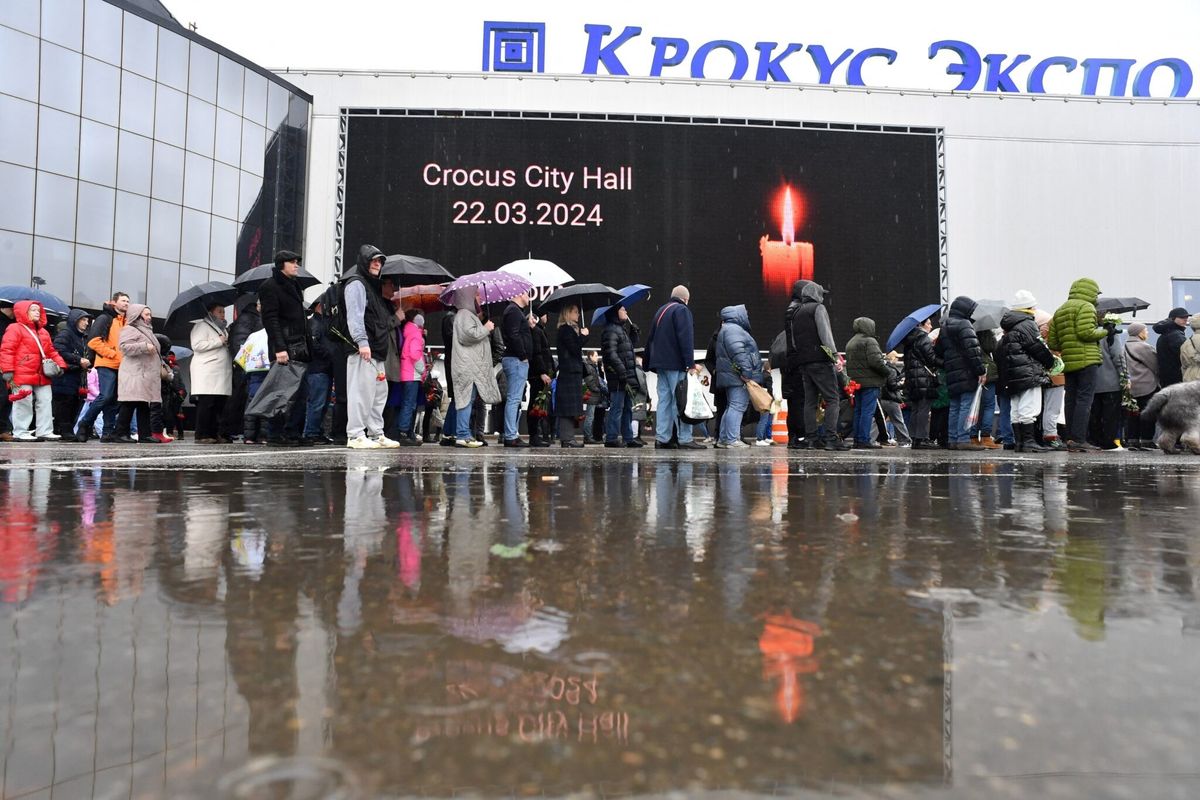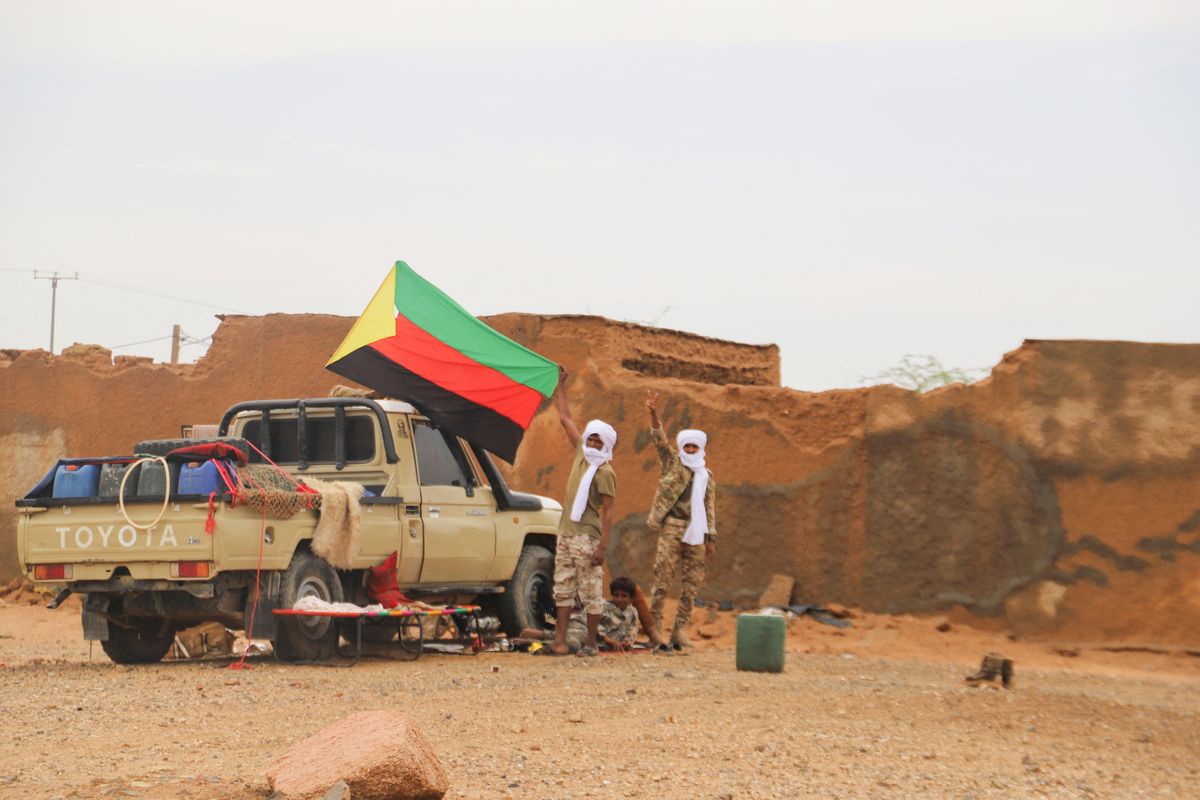Philippine security forces, with timely international military and intelligence assistance, successfully contained, isolated, and eliminated the threat posed by the Islamic State (ISIS) in Marawi. Nearly 700 Filipino and foreign fighters that embraced ISIS ideology and practice have been killed by government and coalition forces in four months of intense combat. Initially, ISIS fighters in Marawi compared themselves to the impenetrable force that held Mosul, Iraq. But after 130 days of combat, less than 70 ISIS fighters now dominate a battle space of less than ten hectares. The troop’s advance has been slow as the urban area is heavily mined with snipers. ISIS also holds three dozen hostages, some of who have become fighters or supporters under duress.
ISIS in Marawi practices ISIS codes drawn from Iraq and Syria; it burnt down the city’s police station and jail and freed the inmates. It also executed officials, including the chief of intelligence of Marawi.
Furthermore, ISIS occupied homes and raided shops (considered war booty) to replenish their supplies. The group also videoed its members executing Christians in orange uniform. After burning St Mary's Cathedral and Dansalan college, ISIS took Christian leaders, staff, and students as hostages, and forced young female hostages into sex slaves, referring to them as “goats.” To the hostages, some of who became fighters, ISIS preached their version of Islam, which was rejected by the vast Muslim population.
The Islamic State Lanao (ISL) led by the Maute brothers and Islamic State Philippines (ISP) led by Isnilon Hapilon sieged Marawi on May 23. The ISP, led by Hapilon, the former deputy leader of Abu Sayyaf Group (ASG), and ISL led by Abdullah Maute, engaged in a fierce battle with over 12,000 Phiippine military and police personnel supported by U.S. and Australian forces. Contrary to IS thinking, Maranaos were shocked and rejected IS presence. The lack of public support severely weakened ISIS ability to hold Marawi and the movement’s project to establish a province (wilayah) failed.
With the death of many of the directing figures of the fight, Abdullah, Otto, and Mahdi, the battle in Marawi is coming to an end. Nonetheless, a dozen local groups that pledged allegiance to Abu Bakr al Baghdadi have now resumed their activities in other parts of Mindanao. Unless the threat is managed with exceptional care, ISIS will persist and is likely to spread from Mindanao to Sabah in Malaysia and Eastern Indonesia.
Until the ISIS siege of Marawi, the Philippine government was in denial of an ISIS presence in the Island of Mindanao. However, the response of the Philippine government to Marawi siege led by Philippine President Rodrigo Duterte, Defense Secretary Delfin Lorenzana, Chief of the Armed Forces General Eduardo Ano, and Intelligence Chief Gen Santos was decisive.
The fighting lasted over four months for three reasons. First, the government underestimated ISIS’ ideology and fighting capabilities, especially the use of snipers and explosives devices. Second, the terrain could not be effectively cordoned and sealed. Third, the Philippine military units were trained for jungle and rural warfare, not urban warfare.
Until August 2017, the infiltration and exfiltration of ISIS from the Main Battle Area enabled ISIS to replenish its human losses and material wastage. The fighters formed three layers of defense protecting Hapilon, Abdullah and Omarkhayam. Today, the MBA is isolated but the quality of ISIS leadership and the human shield with hostages are likely to protract the fight for another few weeks.
Hapilon instructed his ISIS men to merge with pro-ISIS ASG fighters of Radulan Sahiron, to plan and strategize an armed attack in different places in Mindanao. They wish to target Iligan, Cagayan and Cotabato City. Both ISP and ISL fighters planned to conduct terrorist activities in the municipalities of Lumbatan, Bayang, Tugaya and Madalum in Lanao del Sur, around Lake Lanao. Some of these plans have been intercepted and disrupted.
ISIS’ intention is to build forces in the southern Philippines and infiltrate its neighbor Indonesia, the largest Muslim country. However, ISIS in the Philippines cannot hold territory unless they have a stronger fighting force to hold ground and fight. As long as the Moro Islamic Liberation Front (MILF) led by Al-Hajj Murad Ebrahim remains intact, ISIS Philippines will not achieve its immediate goals.
The ISIS centric threat landscape outside Marawi is growing. In Mindanao, several groups have joined ISIS. However, as the IS leadership outside in Mindanao is intact, it could prevail in the Southern Philippines.
Nonetheless, Mindanao is only 20 percent Muslim, and the demography and geography has limited ISIS expansion and dominance in the southern Philippines. Unless MILF breaks up and a large faction joins ISIS, the rise of ISIS is not an existential threat to the Philippines.
However, the very presence of ISIS in Mindanao threatens not only the Philippines but its neighbors. ISIS created its East Asia division with the intention of expanding from the Philippines to parts of Northeast and Southeast Asia. If ISIS spreads to Sabah in Malaysia and Eastern Indonesia, it will pose a significant challenge to Malaysia, Indonesia, Singapore, and the entire region.
But unlike the leaders in the Middle East, the Southeast Asian leaders demonstrated resolve in dealing with ISIS. They have seen what ISIS has done to the Middle East: they want to contain, isolate, and eliminate the terrorist group.












